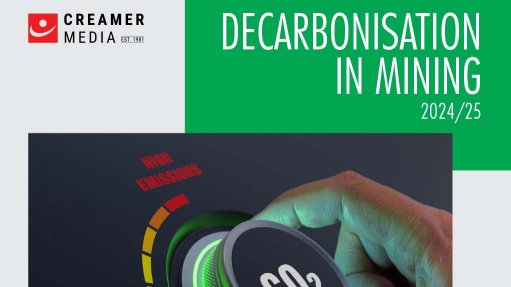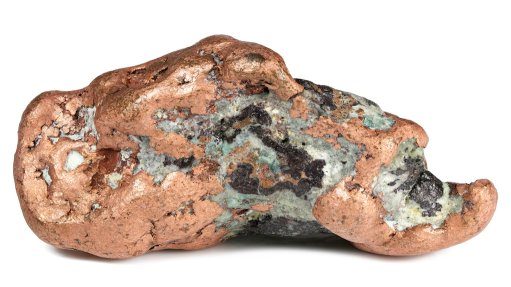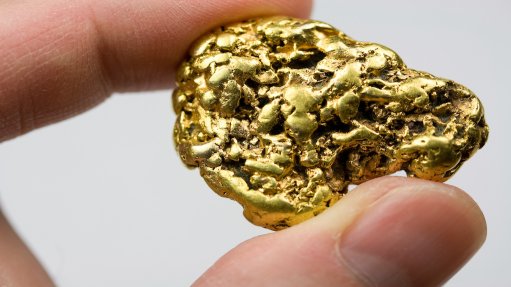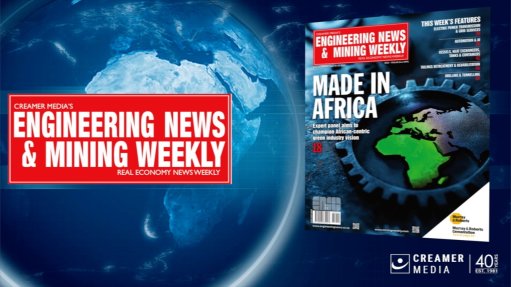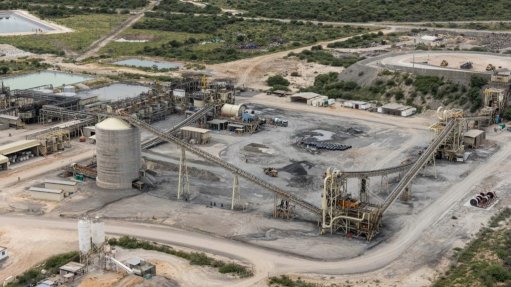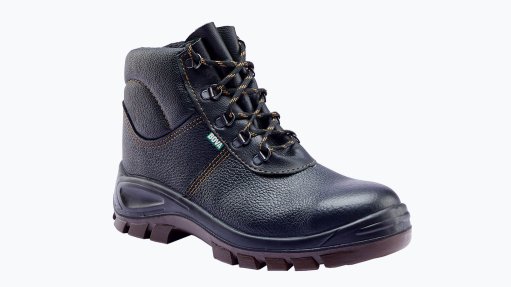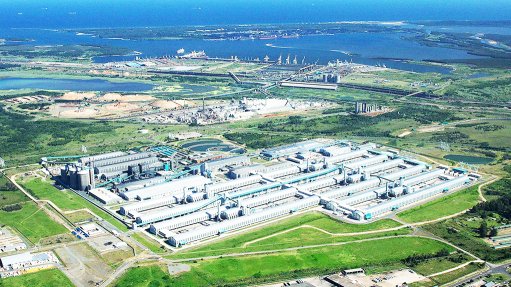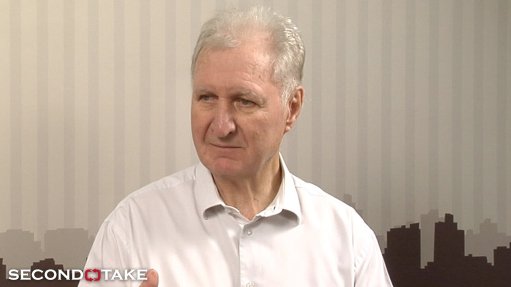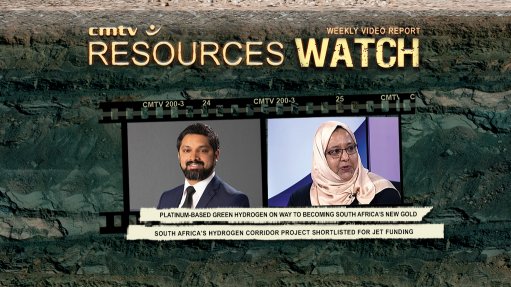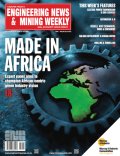From Risk to Resilience: Strengthening Mine Tailings Safety for a Sustainable Future
With Earth Day approaching on 22 April, the spotlight is once again on environmental responsibility. This year’s theme, ‘Our Power, Our Planet’, calls for a major acceleration of clean energy worldwide, with a goal to triple the generation of clean electricity by 2030. But as demand for critical minerals rises, so too does the environmental challenge of extracting them. Alastair Bovim, CEO and co-founder of environmental risk analysis company, Insight Terra, says the mining industry plays a pivotal role in both powering the energy transition—and protecting the planet from the consequences of inadequate tailings management.
The clean energy transition has increased global demand for resources and critical minerals such as Platinum Group Metals (PGMs), manganese, vanadium, copper and chromium. These minerals are core components of clean energy technologies such as wind turbines and electric vehicles, with South Africa holding more than 80% of the world’s PGM reserves.
Mining is South Africa’s largest industry sector, contributing 6% to the GDP in 2024 and employing close to half a million people. Bovim says that while the industry is a significant driver of economic growth, the environmental impact cannot be ignored. “Tailings dams, which store the – often toxic – by-products of mining operations, have been failing at an alarming rate, with five major tailings dam failures globally in the first quarter of 2025. As we reflect on Earth Day, I encourage the mining industry to take a more proactive approach to managing the environmental risks associated with this crucial part of mining operations. Prevention must become the priority.”
Why Tailings Disasters Leave Long-Term Scars
“On 18 February 2025, our neighbours in Zambia experienced a catastrophic tailings dam collapse at the Sino-Metals Chambishi Mine, with 50 million litres of acidic effluent flooding the surrounding area and into the Mwambashi River,” Bovim explains. “This was more than just a flood – 20 Olympic swimming pools' worth of toxic effluent polluted the water supply of Kitwe, a town of 500,000 people. The consequences are ongoing: aquatic life has been decimated, livestock and farmlands are affected, and for the local communities, the effects are just unfolding.”
He points to the now infamous 2019 Brumadinho tailings dam disaster in Brazil where 270 people lost their lives after 26 million tonnes of noxious effluent flooded the region. “Six years on, the environmental and social damage remains. Respiratory illnesses, poor soil quality, and the collapse of local agriculture continue to affect the community,” he says. The Brumadinho spill casts a long shadow, but introducing new global safety standards is one positive outcome. In 2024, BHP, a parent company of the mine, was ordered to pay over $30 billion in damages.
“These examples highlight the far-reaching and multi-dimensional impact of tailings failures - on human life, ecosystems, local economies, and even corporate reputations and finances.”
Proactive Risk Management is Key
Tailings dam failures are rarely caused by a single factor. Climate change-driven higher rainfall, inadequate monitoring, and legacy management practices all contribute to instability. Bovim believes that while the solutions are complex, the first step must be a shift in approach—from reactive to preventive.
“Traditional risk registers are often viewed as tick-box exercises,” he says. “We need dynamic, science-led risk management practices supported by real-time data. That means continuous monitoring, early warning systems, and mitigation strategies that are not only feasible but financially justifiable.” Key to the success of such an approach is collaboration among critical stakeholders, including mine operations and engineering staff, external consulting engineers, and specialised technology providers.
In alignment with the Global Industry Standard on Tailings Management, Insight Terra advocates for performance monitoring across the entire lifecycle of a tailings facility—from design and construction to operation and rehabilitation. Bovim believes that this is key to turning early risk signals into timely interventions.
From Tick-Box Risk to Real-Time Action
The mining industry has a clear opportunity to embrace innovation, prevent future tailings dam failures, and lead the way in sustainable resource extraction. Bovim outlines four areas of action:
- Reimagining Corporate Risk Management: Risk assessments must become rigorous, real-time processes, not hurried pre-board meeting formalities. The return on investing in risk understanding and mitigation far outweighs the cost of doing nothing until disaster strikes.
- Leveraging Technology for Early Detection: AI and real-time monitoring tools are essential to detect anomalies and risks before they escalate into disasters. Through early warnings, these tools empower engineers to act on credible, timely insights, reducing the risk of catastrophic failures.
- Building Trust Through Community and Collaboration: Involving local communities in the monitoring and assessment processes can provide valuable insights and foster a sense of shared responsibility. This collaborative approach can help identify risks early and ensure that mitigation measures are effective.
- Driving Environmental Stewardship: Beyond preventing disasters, mining companies must work actively to reduce their environmental footprint - through water treatment innovations, ecosystem restoration, and adopting pollution-reduction strategies.
“As we mark Earth Day 2025, let us remember: true sustainability is about more than compliance. It’s about commitment - to people, to the planet, and to a future where mining can coexist with environmental resilience,” says Bovim. “The spill in Zambia may be fading from the headlines, but its legacy will be felt for generations. We must act now by adopting best practices and leveraging technology - because prevention is not just possible, it’s essential.”
Comments
Announcements
What's On
Subscribe to improve your user experience...
Option 1 (equivalent of R125 a month):
Receive a weekly copy of Creamer Media's Engineering News & Mining Weekly magazine
(print copy for those in South Africa and e-magazine for those outside of South Africa)
Receive daily email newsletters
Access to full search results
Access archive of magazine back copies
Access to Projects in Progress
Access to ONE Research Report of your choice in PDF format
Option 2 (equivalent of R375 a month):
All benefits from Option 1
PLUS
Access to Creamer Media's Research Channel Africa for ALL Research Reports, in PDF format, on various industrial and mining sectors
including Electricity; Water; Energy Transition; Hydrogen; Roads, Rail and Ports; Coal; Gold; Platinum; Battery Metals; etc.
Already a subscriber?
Forgotten your password?
Receive weekly copy of Creamer Media's Engineering News & Mining Weekly magazine (print copy for those in South Africa and e-magazine for those outside of South Africa)
➕
Recieve daily email newsletters
➕
Access to full search results
➕
Access archive of magazine back copies
➕
Access to Projects in Progress
➕
Access to ONE Research Report of your choice in PDF format
RESEARCH CHANNEL AFRICA
R4500 (equivalent of R375 a month)
SUBSCRIBEAll benefits from Option 1
➕
Access to Creamer Media's Research Channel Africa for ALL Research Reports on various industrial and mining sectors, in PDF format, including on:
Electricity
➕
Water
➕
Energy Transition
➕
Hydrogen
➕
Roads, Rail and Ports
➕
Coal
➕
Gold
➕
Platinum
➕
Battery Metals
➕
etc.
Receive all benefits from Option 1 or Option 2 delivered to numerous people at your company
➕
Multiple User names and Passwords for simultaneous log-ins
➕
Intranet integration access to all in your organisation




